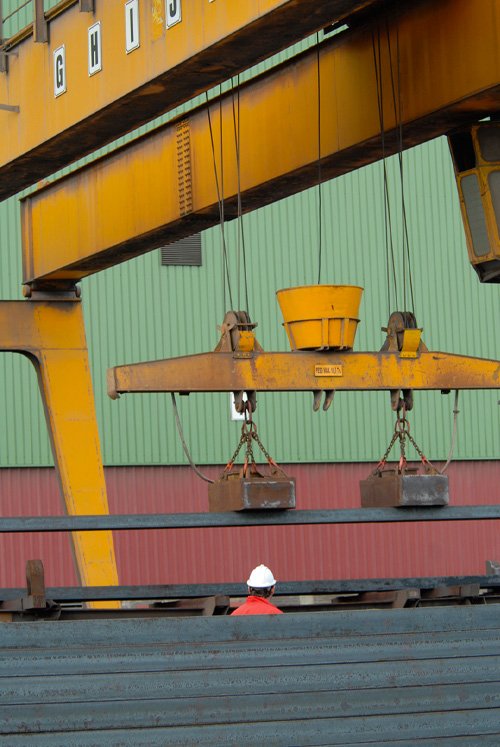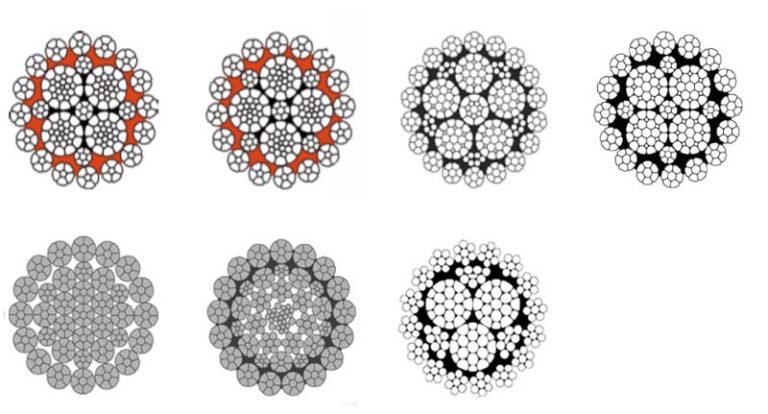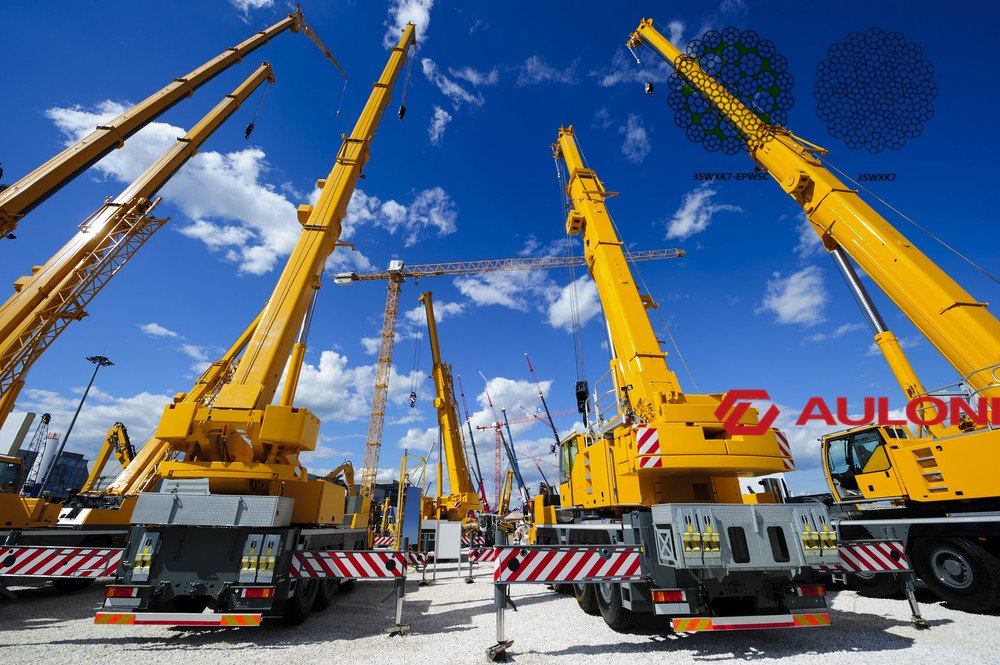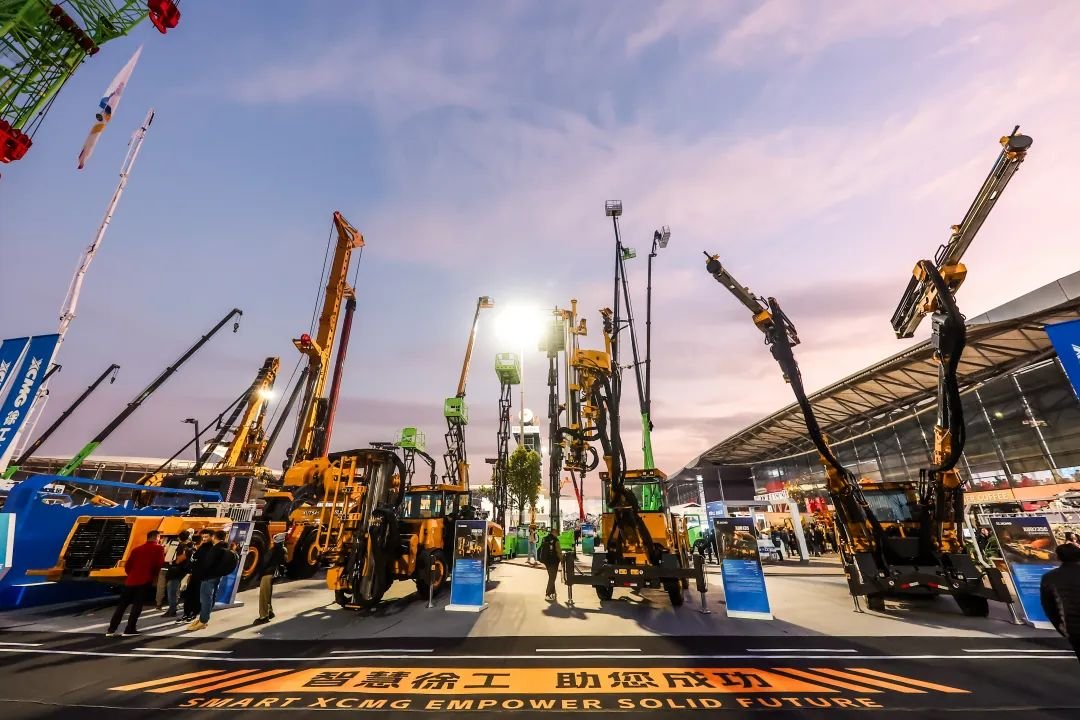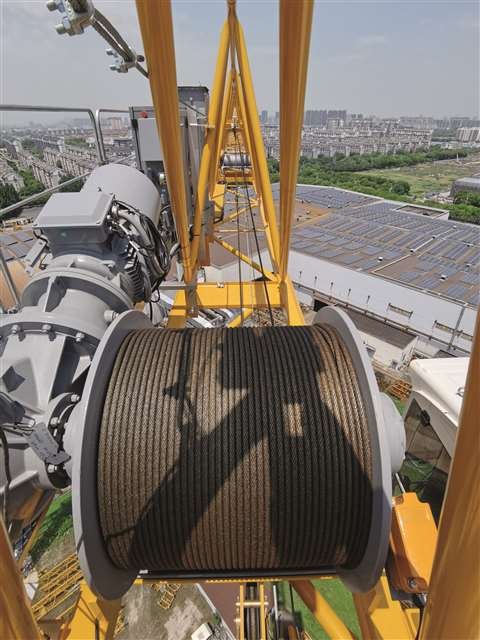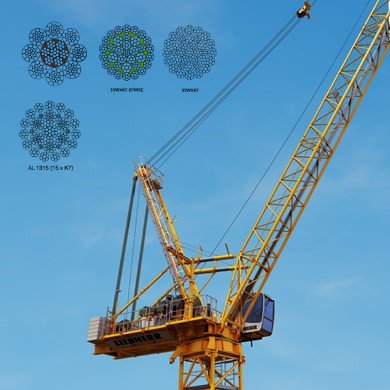Are your elevator choices leaving you frustrated? Do you worry about safety or efficiency? There is a solution to this common problem. My factory specializes in high-quality wire ropes.
Wire rope elevators use strong steel cables for lifting. Rope elevators often use synthetic ropes. Each type has its own strengths and weaknesses depending on the specific application.
Hey, I’m Mike. My team and I build wire ropes. We’ve shipped our products globally for years. I have seen many projects from start to finish. Let me tell you what I learned about elevator ropes.
How does a wire rope elevator work, and what are its main advantages?
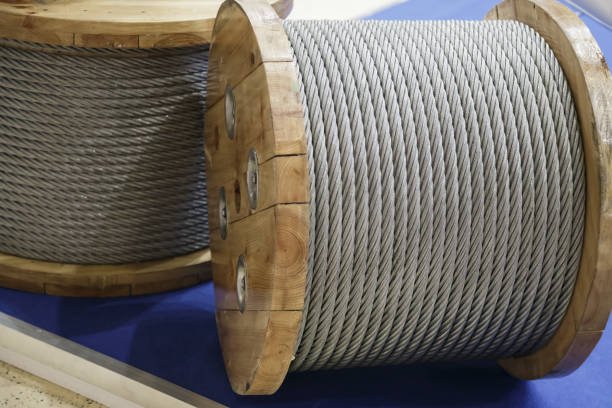
Have you ever wondered how elevators move up and down? It is all about strong ropes. Understanding how they work helps you choose the right one.
Wire rope elevators use steel wire ropes. These ropes pass over a sheave. A counterweight balances the car. This system provides a smooth and efficient ride.
The Mechanics of Wire Rope Elevators
Wire rope elevators are very common. They rely on the strength of steel. My factory makes many types of wire ropes. For elevators, we focus on strength and safety.
How Wire Ropes Lift the Car
- Ropes: Multiple steel wire ropes are attached. They connect the elevator car to a counterweight.
- Sheave: These ropes loop over a motor-driven sheave. This is a grooved pulley wheel.
- Motor: The motor turns the sheave. This pulls the ropes.
- Movement: As the ropes move, the car goes up or down. The counterweight moves the opposite way.
Why Wire Ropes Are a Top Choice
We often work with product managers. They always ask about reliability. Here is why wire ropes are often their first choice:
| Feature | Advantage |
|---|---|
| High Strength | Can lift very heavy loads. |
| Durability | Lasts a long time with proper maintenance. |
| Efficiency | Balances weight with a counterweight. Uses less energy. |
| Safety | Multiple ropes provide backup. If one rope fails, others hold. |
My factory in China has four production lines. We export to places like Singapore, Russia, and Canada. Our quality is very important to us. We make sure our wire ropes meet EN12385-4 standards. This ensures they are safe for elevators.
Specific Wire Rope Elevator Types
There are different kinds of wire rope elevators. Each is designed for specific needs.
Traction Elevators
Most wire rope elevators are traction type. This means they use friction. The ropes grip the sheave.
| Traction Type | Description |
|---|---|
| Geared Traction | Uses a gearbox for slower speeds. Good for mid-rise buildings. |
| Gearless Traction | No gearbox. Faster speeds. Good for high-rise buildings. |
Machine-Room-Less (MRL) Elevators
MRL elevators are popular now. They save space. The machinery is inside the hoistway.
- Compact Design: No large machine room needed. This saves building space.
- Quiet Operation: Often quieter than traditional geared systems.
- Energy Efficient: Many MRL systems use gearless motors.
Businesses we work with care about precise quality control. Custom orders are common. We can put your logo on the product. We also offer BV, CE, RMRS, DNV, and ABS certificates. This gives our clients peace of mind.
What are the disadvantages of wire rope elevators?
When choosing an elevator, you also need to know the downsides. No product is perfect. It is important to know the full picture.
Wire rope elevators can have high maintenance needs. The ropes wear over time. This requires regular checks and replacements. Installation can also be complex and costly in some cases. Understanding the Downsides
Even with all the good points, wire rope elevators have challenges.
Wear and Tear on Ropes
Steel ropes are strong, but they still wear out.
- Friction: Constant movement over sheaves causes wear.
- Fatigue: Repeated bending stresses the wires.
- Corrosion: Exposure to moisture can cause rust. This weakens the rope.
Regular inspection is a must. If ropes show wear, replacement is needed. This costs money and time.
Maintenance and Inspections
Elevators need constant care. This means frequent checks.
| Maintenance Aspect | Why it’s a Disadvantage |
|---|---|
| Cost | Skilled technicians are needed. Their time costs money. |
| Downtime | Inspections mean the elevator is out of service. This affects users. |
| Complexity | Checking multiple ropes and systems is complex. |
My company works hard to offer competitive prices. But for maintenance, these costs are part of the elevator’s life.
Installation Challenges
Putting in a wire rope elevator can be difficult.
- Space: High-rise buildings need tall hoistways. This takes up significant space.
- Structural Support: The building structure must support heavy loads. This includes the car, counterweight, and machinery.
- Time: Installation takes a long time. It can delay building projects.
What are rope elevators, and what are their benefits?
Some elevators do not use steel wire ropes. They use different materials. Let’s talk about them.
Rope elevators commonly use synthetic ropes or flat belts. These materials can offer benefits like flexibility and lighter weight, and they can be more suitable for certain applications due to their unique properties.
Dive Deeper: The Rise of Synthetic Ropes
Modern technology brings new choices. Synthetic ropes are one example. My company also produces synthetic ropes. They have different uses.
Types of Ropes Used
- Synthetic Ropes: Made from materials like aramid fibers. These are very strong.
- Flat Belts: Some elevators use flat belts instead of round ropes. These are often made with steel cords encased in a polymer.
Advantages of These New Ropes
These ropes offer unique benefits.
| Feature | Advantage |
|---|---|
| Light Weight | Synthetic ropes are much lighter than steel. Less energy needed to move. |
| Flexibility | Can bend around smaller sheaves. This allows for more compact designs. |
| Quietness | Often operate more quietly than steel ropes. Fewer vibrations. |
| Durability | Some synthetic materials are very resistant to wear. They can last longer. |
| Space Saving | Smaller sheaves means less space is needed. Good for MRL systems. |
These types of ropes are becoming popular in new building designs. They help engineers design more flexible spaces.
What are the disadvantages of rope elevators?
While there are benefits, these new rope systems also have their own set of challenges. It is good to know both sides.
Rope elevators that use synthetic materials or flat belts can have limitations. These include lower breaking loads compared to steel, sensitivity to temperature, and often higher initial costs for the specialized materials.
Dive Deeper: The Trade-Offs of Modern Rope Systems
New technology always means new trade-offs.
Lower Breaking Load (in some cases)
While strong, some synthetic ropes might not match steel for brute strength.
- Heavy Loads: For very heavy industrial lifts, steel wire ropes are still often preferred.
- Specific Properties: Each material has a different breaking load. You must match it to the elevator’s capacity.
Environmental Sensitivity
Synthetic materials can be affected by their surroundings.
- Temperature: Extreme heat or cold can affect some synthetic materials.
- Chemicals: Certain chemicals can degrade these ropes faster.
- UV Light: Prolonged exposure to sunlight can weaken some materials.
Cost Considerations
These advanced materials often come at a higher price.
| Cost Aspect | Impact |
|---|---|
| Material Cost | High-tech synthetic fibers can be expensive. |
| Specialized Parts | Small sheaves and special components can add to the price. |
| Installation | Requires specialized tools and skilled workers. |
For businesses needing strong quality control, they understand that high quality means specific costs. My company can provide various certifications for products. This shows our commitment to quality. We want our customers to feel confident in their choice.
Conclusion
Choosing between wire rope and synthetic rope elevators comes down to understanding your needs. Each has unique strengths and weaknesses. Wire rope elevators are durable and strong. They have been trusted for many years. New rope elevators offer flexibility and quiet operation. They can be very efficient.

